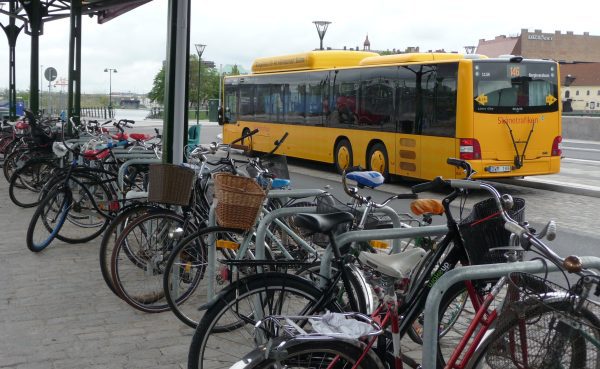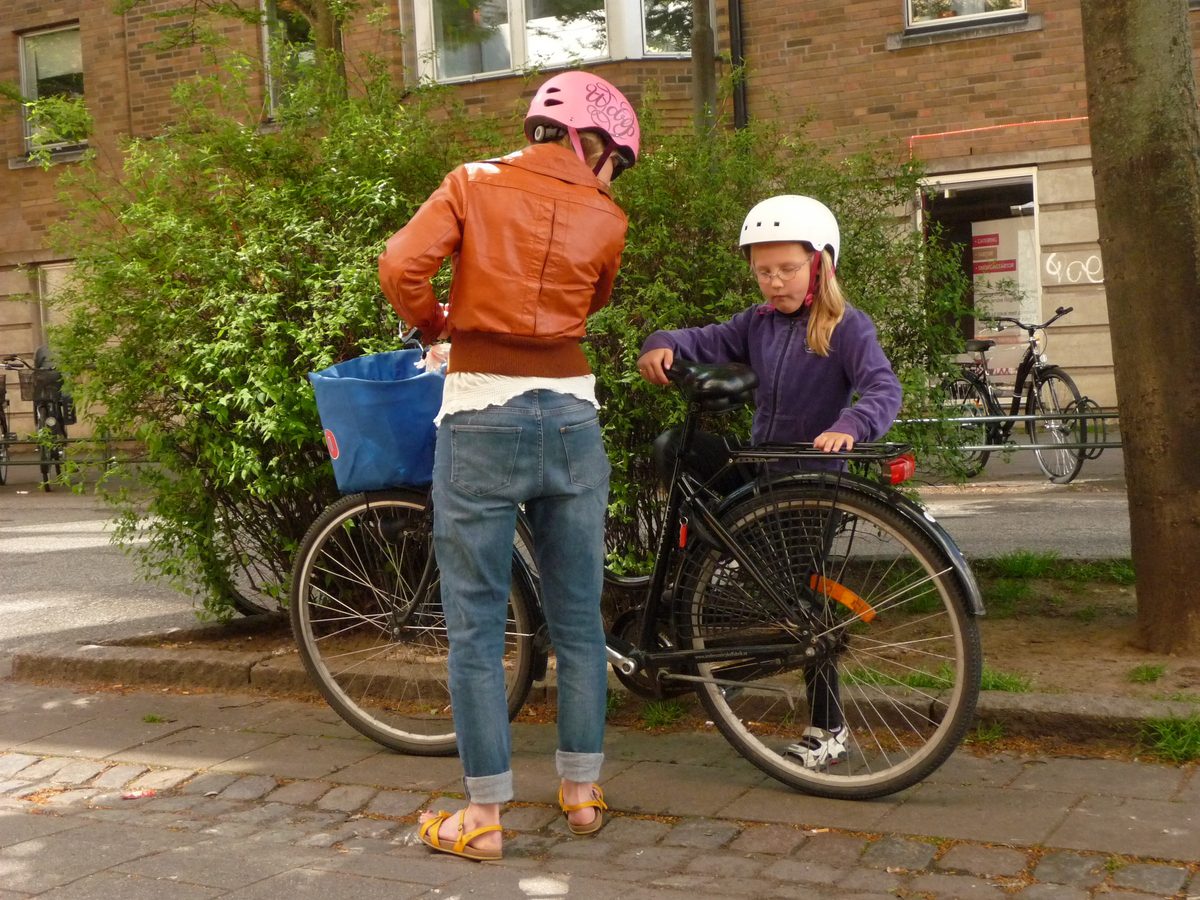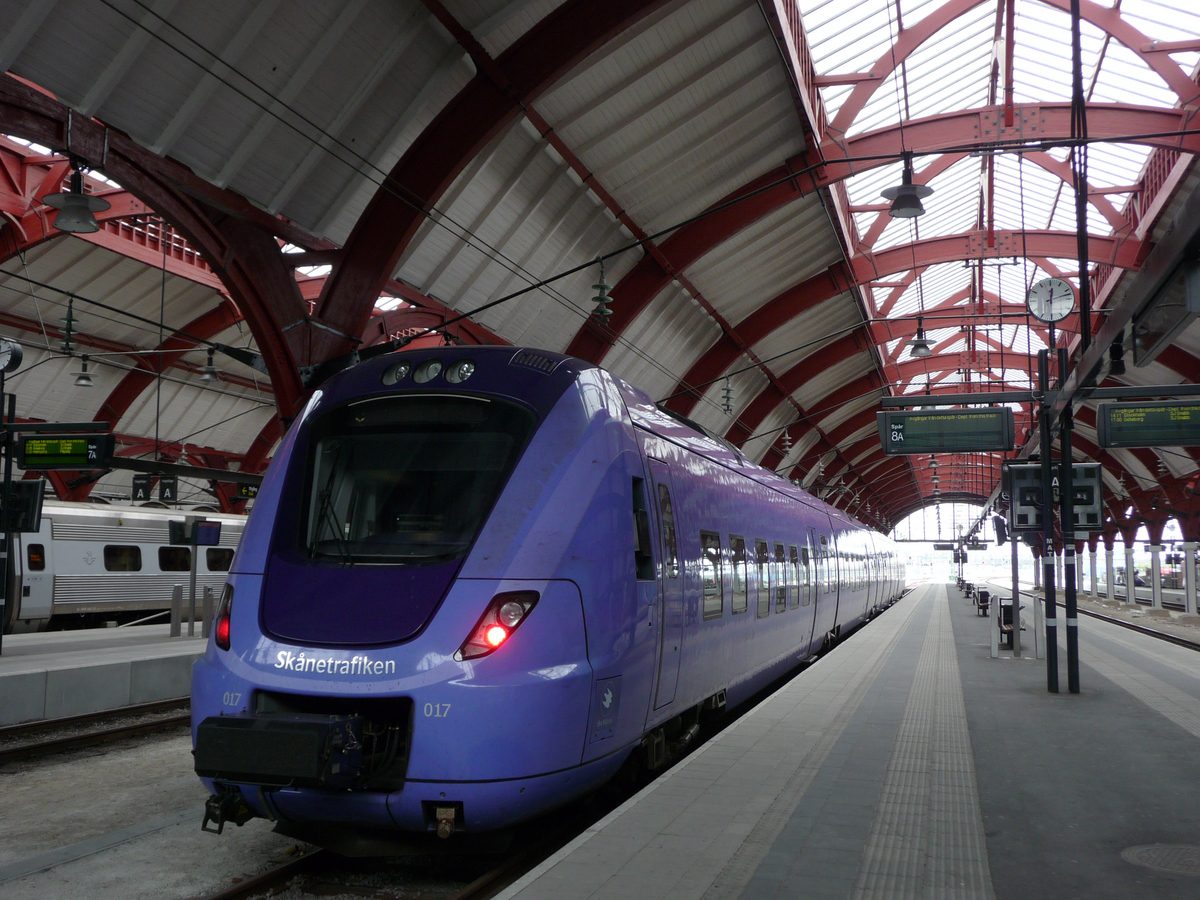For a greener, cleaner Charlotte, look to Sweden’s example

Malmö, Sweden, may seem a lot farther away than Minneapolis, where a local delegation of Charlotte Chamber and other civic leaders recently visited to get ideas for urban development, but in today’s global culture, it is much closer than one might think. I spent a memorable week there during an 18-day study tour, exploring five of Europe’s greenest cities and their user-friendly transport systems. I traveled car-free, cheaply and effortlessly. It’s easy, thanks to iPhones, GPS and the Web. I interviewed local authorities and civic leaders, combed through maps and other pertinent reference material and accumulated over 1,500 photos.
More about Charlotte Chamber trip to Minneapolis |
The findings from Malmö are particularly timely considering the Charlotte Chamber’s recent inter-city visit to Minneapolis, where more than 100 Charlotte-area visitors learned that green growth has helped that city transform its urban core and a create community that attracts bicyclists and pedestrians as well as motorists.
Stunned in the 1980s by the crippling loss of 30,000 jobs and much of the city’s industrial base, Malmö’s leadership made bold moves to successfully reinvent its economy in ways that parallel Charlotte’s enviable track record.
Both cities have annual population growth rates at a healthy 2 percent or greater. Half of Malmö’s 308,000 residents are under age 35. Some 46 percent of Malmö’s 25-64 age cohort have a college degree, many from the city’s new, urban campus with 24,000 students. Malmö is multicultural; more than 170 nationalities call Malmö home. It even has its signature skyscraper, the tallest and most stunning residential building (55 stories) in Scandinavia, the world-famous “Turning Torso.” Both Charlotte and Malmö have AAA Standard & Poor’s ratings.
But unlike Charlotte, Malmö’s post-industrial gains adhere to principles of sustainability as central, rather than peripheral, to its overall mission. This is especially evident in its bold approach to transportation as a means of reducing greenhouse gas emissions. Tom Rye, professor of transport policy and mobility management at nearby Lund University, sums up Malmö’s philosophy: “Malmö’s one of the leading cities where walking, cycling and public transport are given priority over the car.”
Consider trains. Copenhagen’s airport, the largest in Scandinavia, lies only 20 miles from Malmö across the ultra-modern Öresund bridge. That translates to a quiet, 21-minute ride via an X2000 high-speed electric train from Malmö’s central “C” station directly to the passenger terminal.
In contrast, the same distance trip from Harrisburg, near UNC Charlotte, to Charlotte Douglas International by car would take 45 minutes, including time to get from the outlying parking areas to the terminal. The X2000 has a huge workday commuter use to and from central Copenhagen, on 10-minute rush hour intervals. I took the train several times. Its speed, dependability and comfort level are a model for Charlotte and other U.S. cities.
A few more of my findings from my Malmö visit:
- 29 million journeys are made on city buses annually in Malmö. That’s 13 million more than Charlotte, in a city less than half our size.
- Its bus fleet is modern and dependable. Malmö has bus-only lanes on many city streets, and traffic lights calibrated to allow quick bus passage. Digital real-time sign panels have been installed at 100 bus stops so riders can see exactly when buses will arrive. Many buses run on biofuels.
- Malmö knows how to build the right kind of infrastructure for bicycling. It’s not just about the number of miles of bike routes, but how the routes are connected and designed for safety, navigability and comfort. Unlike Charlotte and most U.S. cities, Malmö adheres to a higher, European standard of design. That means relying heavily on spacious, off-road cycle tracks instead of less-safe, on-street lanes or “sharrows.” Cycle tracks in Malmö can be found in urban and suburban contexts, I even saw one that connected to the bike rack of a drive-through McDonald’s. No wonder Malmö rates No. 7 worldwide as a bicycle-friendly city.

- Malmö is adept at using clever marketing techniques to change travel behavior. Its multiyear, tongue-in-cheek “No ridiculous car trips” campaign has garnered international acclaim via YouTube. Follow-up surveys indicate a drop in the number of short-term car trips.
- People in the city enjoy walking. This is one of the many attractions of compact development. Sidewalks are well-maintained and often twice the width of their Charlotte counterparts. Traffic speeds are limited to under 10 mph in many residential zones, compared with 25 mph in Charlotte. In the trendy city core, pedestrian-only streetscapes (carefully designed with a variety of stone paver treatments and no curbs) attract huge throngs of shoppers, café-seekers and strollers of all ages into public areas on a daily basis, not just on weekends or for special events
- Malmö has a subway. The City Tunnel connects its three rail stations to each other and to countless European and Scandinavian rail destinations.
One needn’t be a transportation expert to appreciate that economic prosperity and sustainability in Malmö are one and the same. Integration of all travel modes, public enlightenment and awareness campaigns, a focus on high quality urban design, and close monitoring of travel metrics work together to reduce carbon emissions by altering travel behavior. Plans for transportation in Malmö will raise the bar even higher to enhance local quality of life and market the city’s green brand to outsiders.
Malmö belongs to the Covenant of Mayors, a consortium of 3,000 cities whose goal is to reduce carbon emissions 20 percent by 2020. Ilmar Reepalu, who served several years as mayor, sums it up when he says, “Municipalities must function as role models on the climate change issue.”
Martin Zimmerman is the former executive director of the Charlotte Area Bicycle Alliance and current Director of Green Mobility Planning Studio USA. Opinions expressed here are the author’s, and not necessarily those of the UNC Charlotte Urban Institute or the University of North Carolina at Charlotte.
